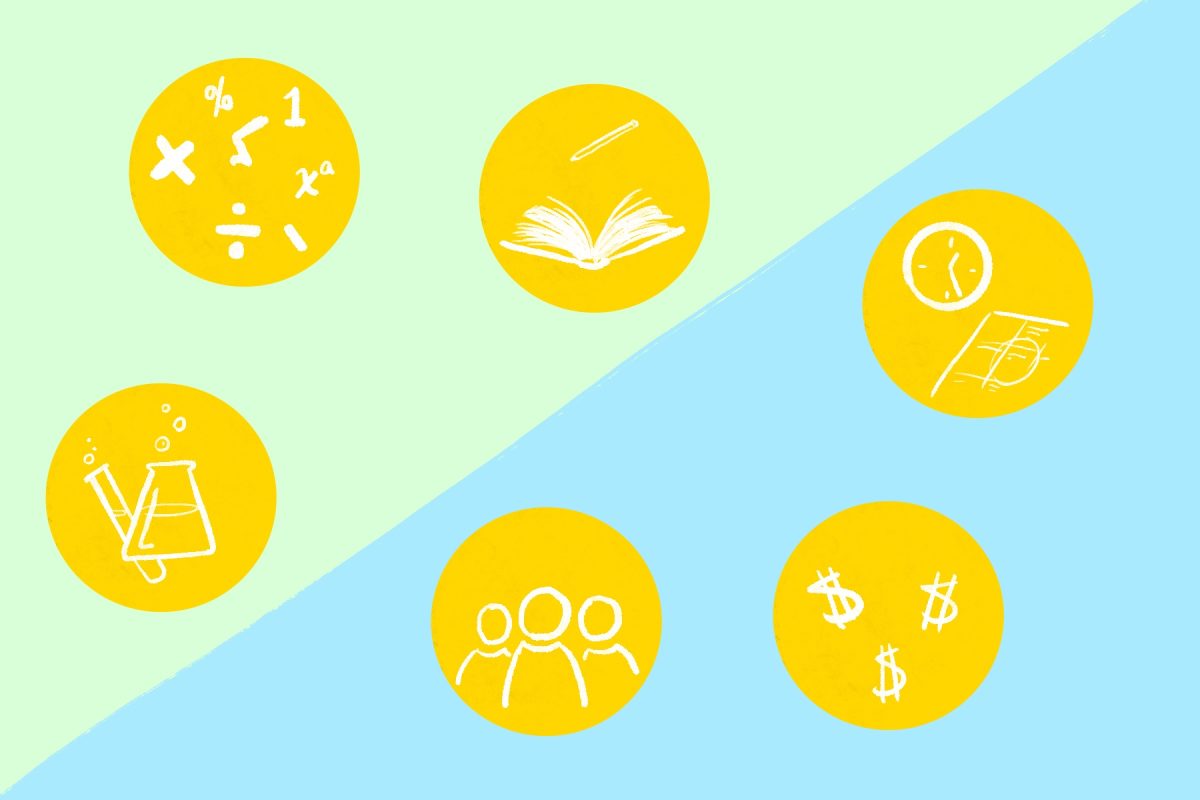As high school students prepare for their future, they are often on their own when it comes to learning practical skills that are not taught in the classroom. While fundamentals in academics remain a priority, there is mounting pressure on schools to pay more attention to the teaching of life skills. At schools like Mitty, which are focused on preparing students for college, this could be a challenge, but it’s also an opportunity to equip students with the tools they will need to succeed in the real world.
The Need for Life Skills
For many students, getting by in adult life after graduation can be scary. According to research conducted by the National Financial Educators Council, 60% of high school seniors lack fundamental financial literacy and are not prepared to manage money, debt, and savings. Similarly, emotional intelligence—understanding and controlling emotions—is also increasing in importance in personal and work settings. The World Economic Forum foresees that by 2030, emotional intelligence will be among the most in-demand skills in the labor market, for its importance in communication and teamwork.
Advantages of Life Skills Education
A few high schools have begun incorporating life skills into their curriculum. Courses in financial literacy, mental health, and career preparation are promising starts in the effort to make students more confident and prepared for life after graduation. But in a school like Mitty, where the academic program is rigorous and college preparation is the sole focus, integrating life skills education would forced to be in a limited capacity.
A few years ago, Mr. Mathews put together a team that consisted of Ms. Wallace, Ms. Wyman and students to discuss this very issue and their solution was to teach life skills through a Career Symposium model. The program was only for seniors and it was scheduled periodically at times where students did not have to miss classes. Ms.Wallace, who has a health coaching license, did a program on health and wellness, and Ms. Wyman did a program on scheduling. However, after the pandemic hit, the program shifted to Zoom but the attendance rate was low. Unfortunately, when returning from the pandemic this life skill program did not gain traction.
Finding the Balance
The question for schools like Mitty is how they can balance content from an academic standpoint with instruction in life skills. Not that academics are going to be eliminated and life skills inserted, but how can both can be mixed together to create well-rounded individuals? Studies have shown that students who are instructed in life skills, such as time management and emotional control, perform better academically because they are better at handling stress and staying focused. These abilities also help students develop self-esteem and a sense of responsibility.
At Mitty, with college preparation so highly valued, it’s best to offer life skills courses on a limited basis—possibly as electives, lunch programs, or after-school activities. This enables students to still place academics first but acquire the abilities they will one day need.
Preparing for the Future
The ultimate goal is to have students graduate from high school and not only have academic knowledge but also have the life skills required to weather the demands of adulthood. By including life skills in the curriculum to complement the current academic curriculum, schools like Mitty can help students succeed in school and in life as well.


